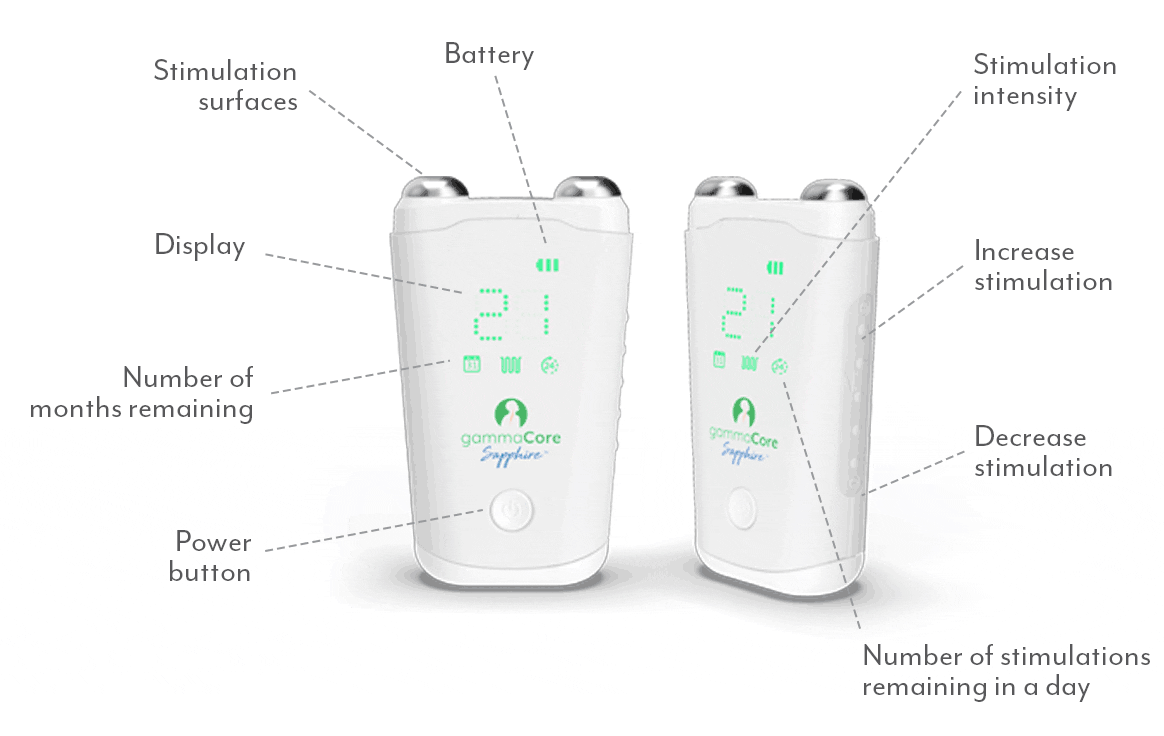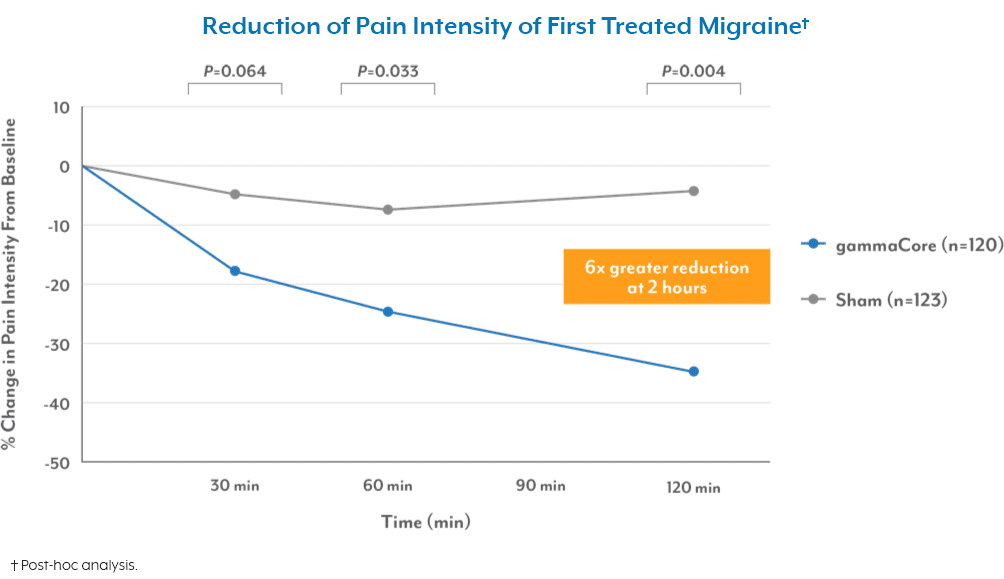
Migraine is a complex neurological condition that affects millions of people worldwide. Despite how prevalent it is, there are still many misconceptions surrounding migraine that can lead to mismanagement of this condition. We’re setting the record straight by debunking some of the most common migraine myths.
7 Common Migraine Myths
1. A migraine is just a bad headache.
A migraine is much more than just a severe headache. Despite common migraine myths, it often includes throbbing pain on one side of the head, along with symptoms like nausea, vomiting, sensitivity to light and sound, and even visual disturbances known as auras. Migraines can be incredibly debilitating and affect a person’s ability to function normally.
2. All migraines are the same.
Migraine symptoms can vary in intensity from person to person and from episode to episode. While some individuals experience frequent, severe migraines, others may have more occasional or milder attacks. There are also different types of migraines: migraine with or without aura (visual disturbances), menstrual migraine, vestibular migraine (affecting the body’s balance center), ocular migraine (also known as eye migraine), and silent migraine (symptoms without the typical headache pain), to name a few. All treatments, management strategies, and lifestyle adjustments must be developed to suit each individual patient.
3. Only adults get migraines.
While migraines are more common in adults, they can affect individuals of all ages, including children and teenagers. Around 10% of children between the ages of 6 and 20 experience migraines, and attacks can begin as early as two years old.1 It’s important to recognize and address migraines in children to ensure proper management and relief.
4. Migraine only affects women.
Although it’s true that migraines are more common among women, affecting about three times as many women as men, they can and do occur in men as well.2 Despite common migraine myths, the hormonal changes that women experience due to menstruation, pregnancy, or menopause tend to influence migraine frequency. Still, men are certainly not immune to this condition.
5. You can sleep off a migraine.
While sleep may help to fend off migraine pain for some people, others may need more time and intervention. Migraine attacks often have distinct phases, starting with the prodrome or “preheadache” and ending with the postdrome, or “migraine hangover”.3 In some cases, a single migraine can last three days or more.
6. Caffeine has nothing to do with migraine.
Caffeine and migraine have quite a complicated relationship. Studies have shown that caffeine consumption and withdrawal can trigger a migraine for some people. On the other hand, caffeine, on its own or as a component in medication, was found to help alleviate acute migraines.4
7. You can only manage a migraine with medication.
Medication can be helpful for some migraine sufferers, but it’s certainly not the only option. Contrary to common migraine myths, there isn’t a one-size-fits-all solution for migraines. Various treatment options are available, including lifestyle changes to identify and avoid triggers, stress and relaxation techniques, and complementary therapies such as acupuncture.
There are also non-drug options available using medical device technology. gammaCore™ non-invasive vagus nerve stimulator (nVNS) is a hand-held device that blocks the pain signals associated with migraines by stimulating the vagus nerve. You can get it with a prescription and use it yourself at home. A treatment session takes roughly 4 minutes and works to prevent migraines when used twice daily. gammaCore nVNS can also provide fast-acting relief when used at the onset of a migraine.
To see if gammaCore is right for you, visit our clinic finder to locate a health care provider near you, or contact our dedicated Customer Experience team at 888-903-2673 or customerservice@electrocore.com.
References
1. Children & Migraine Disorders: How Migraine Disorders Manifest In Infancy And Childhood. Association of Migraine Disorders. Retrieved August 25, 2023, from https://www.migrainedisorders.org/migraine-disorders/children-migraine-disorders/
2. Walter, K. (2022). What Is Migraine? Journal of the American Medical Association, 327(1). https://doi.org/10.1001/jama.2021.21857
3. The Timeline of a Migraine Attack. American Migraine Foundation. Retrieved August 25, 2023, from https://americanmigrainefoundation.org/resource-library/timeline-migraine-attack/
4. Nowaczewska, M., Wiciński, M., & Kaźmierczak, W. (2020). The Ambiguous Role of Caffeine in Migraine Headache: From Trigger to Treatment. Nutrients, 12(8). https://doi.org/10.3390/nu12082259



